Sciatica, Leg Pain, Mississauga
Mississauga - Osteopathy Clinic - Sciatica, Leg Pain
Sciatica, Leg Pain, Osteopathy Clinic, Mississauga
Osteopathic Treatment at Mississauga Naturopath Osteopath Clinic has been found to be an effective treatment for sciatica. The pain can vary from mild to severe, and can persist even after the cause has been eliminated. Sciatica may also be accompanied by leg pain, tingling, numbness, and poor mobility. Because sciatica is often difficult to diagnose, it’s important to seek medical attention if you experience significant pain. If you’re experiencing sciatica, it’s important to talk to our Osteopathy Clinic and what they can do to relieve your pain.
Sciatica is a common pain that radiates along the path of the sciatic nerve, which branches from your lower back through your hips and buttocks and down each leg. The condition typically affects only one side, but it can also occur in both legs. Sciatica may be caused by a variety of factors, including compression of the lower lumbar nerve, muscle strain, inflammation, and seating or sleeping habits. This can be due to a number of factors, such as piriformis syndrome, lumbar stenosis, or herniated disks. If left untreated, sciatica can progress and become more severe. However, there are many treatments that can help relieve the pain quickly.
Mississauga's Best Manual Osteopath Practitioners
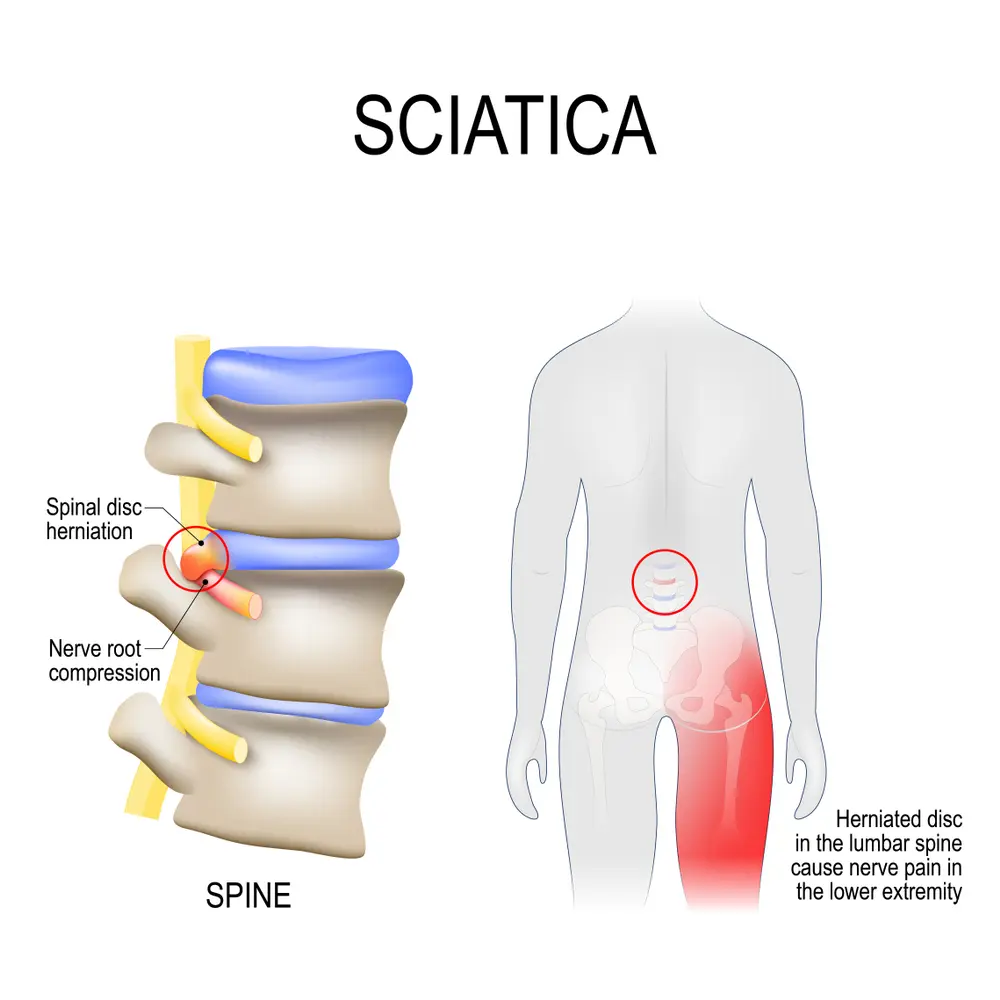
Cause of Sciatica, Leg Pain
Sciatica is a common pain that can be caused by any number of things, but most often it’s the result of a herniated disk or an overgrowth of bone on one of your vertebrae. The sciatic nerve runs down the back of your leg and can become compressed if something presses on it in the wrong place. This can cause intense pain down your leg and often leads to a limp.
Leg pain can be a very difficult to diagnose and treat. It can be caused by a variety of problems, some of which are quite abstract. For example, leg pain can sometimes be caused by an imbalanced gait, leg length differences or collapsed arches in the feet. However, the most common cause of leg pain is circulatory problems, such as blocked arteries or veins.

Sciatica Injury Complications, Back Pain, Leg Pain
Complications from sciatica can include nerve damage, which can lead to long-term pain and disability. If you experience any of the following signs or symptoms, seek immediate medical attention:
- extreme pain that does not improve with rest or medication;
- a loss of feeling in one or more limbs;
- numbness or tingling in the legs;
- difficulty walking or sitting; fever;
- changes in bowel or bladder function
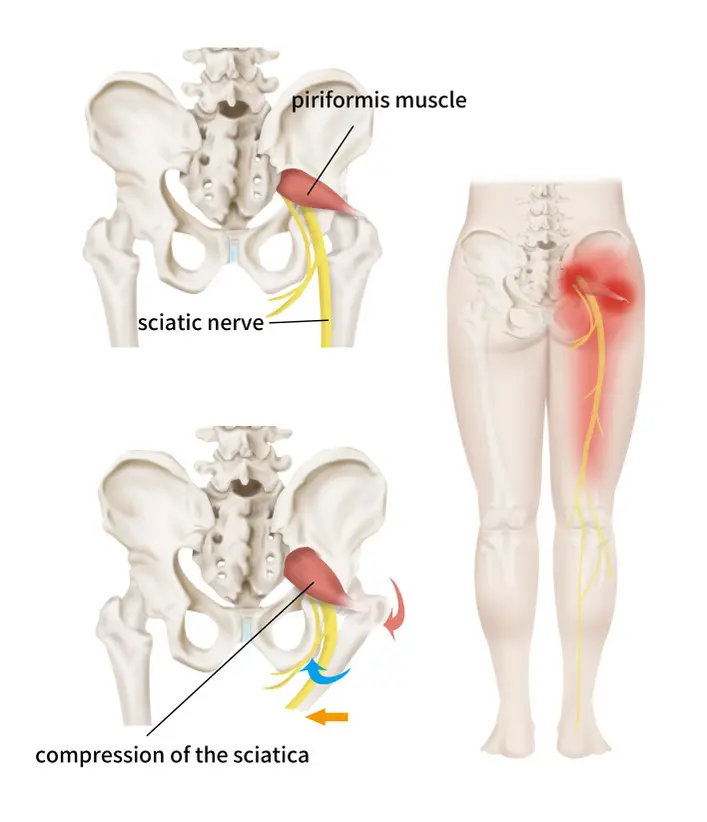
Naturopath Treatment for Sciatica Pain
Naturopaths and osteopaths work together to help patients reduce the pain associated with sciatica. Naturopath approach to Sciatica and Leg Pain focuses on restoring balance and harmony to the body using natural means, such as homeopathy, nutrition and herbal remedies. Osteopathy works by manipulating joints, muscles and ligaments in order to increase mobility, circulation and flexibility.
The combination of these two therapies can be highly effective for treating sciatica pain. Naturopaths may recommend dietary changes, lifestyle modifications or herbal supplements that can support the healing process. Osteopaths may use joint manipulation, soft tissue work or physical exercises to reduce inflammation, tension and dysfunction.
A naturopath-osteopath team is often able to provide a comprehensive approach to treating sciatica-related pain that helps patients regain their quality of life.
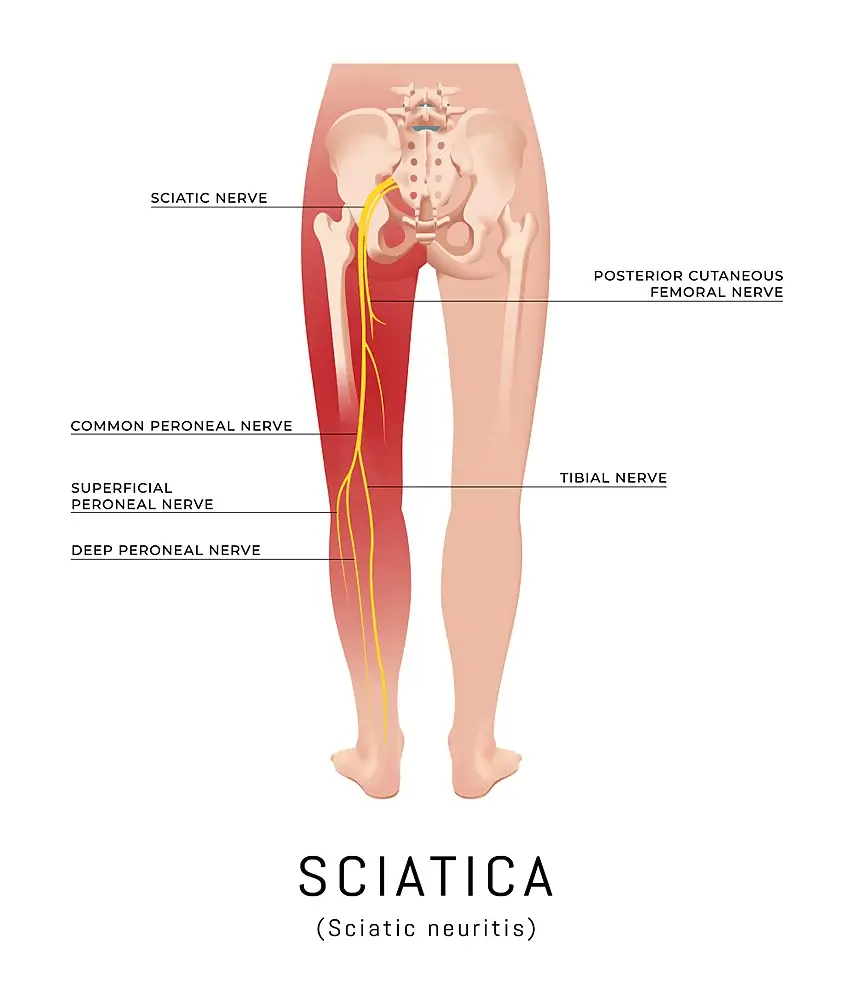
Osteopathy vs Physiotherapy vs Chiropractic Treatment for Sciatica, Disc, and Leg Pain
Osteopathy, in comparison to physiotherapy and chiropractic care, is often recommended for the treatment of sciatica, disc, and leg pain. With an emphasis on both symptom relief and general health enhancement, osteopathic medicine offers a truly holistic approach to healthcare. As a result of addressing the underlying causes of sciatica and leg pain, this method provides sustained relief. Osteopathy goes beyond traditional medicine to assist patients reach a higher degree of health, whereas physiotherapy and chiropractic care often concentrate on restoring patients to their health before to injury. Symptoms of sciatica or leg pain may be alleviated and mobility in the afflicted region can be improved with the use of osteopathic therapies including massage, manipulation, and stretching. Patients might anticipate long-term improvements to their health with consistent visits and continuing therapy.
Prevention, Pain Relief
Sometimes you can prevent sciatica, but the condition sometimes occurs again.
Exercise regularly
Keeping these muscles strong can help protect your back. You should pay special attention your core muscles, the muscles in your abdomen and lower back that help you keep your posture in place and that support your spine. In the interest of strengthening your lower back, focus on your core muscles, the muscles in your midsection buttock that prevent pain. Talk with your osteopath about take part in physical exercises that address your needs.
Maintain an upright posture
When you sit by choosing a chair with good lumbar support, armrests, and a swivel base. Consider placing a cushion or rolled towel in the small of your back to keep its typical shape. Keep your legs and hips level to accommodate your physique.
If you spend long periods standing, rest one foot on a stool or small box from time to time. When you lift up something heavy, let your lower extremities do the bulk of the work. Maintain a straight posture and lower only at the knees. Hold the weight close to your torso. Avoid lifting and twisting at the same time. If you have a lifting partner, it will help the other person complete the task.
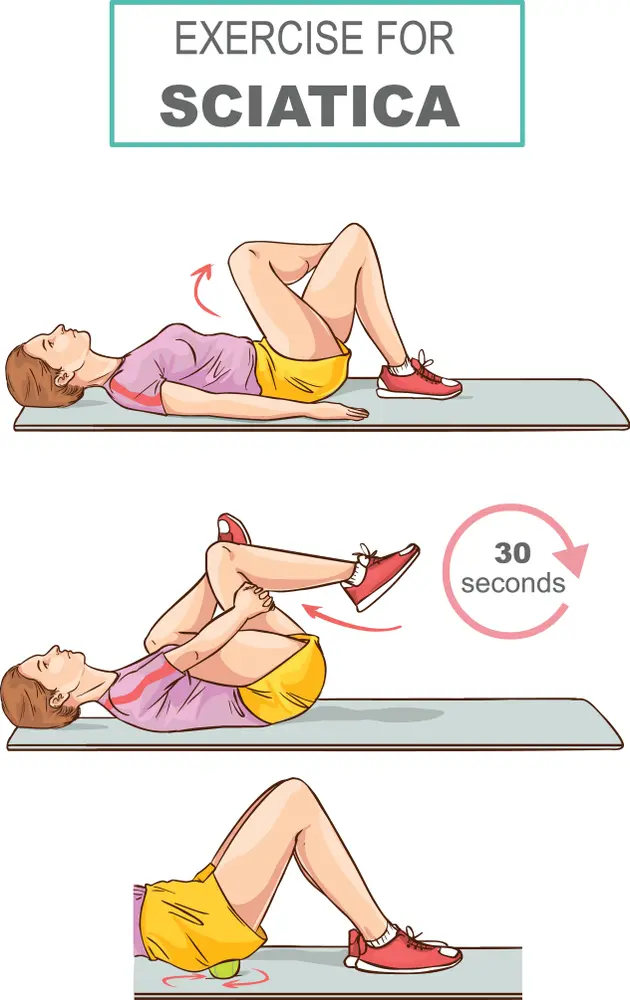
Osteopath Services at Mississauga Naturopath Osteopath Clinic
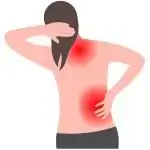
Osteopath Pain Management
Osteopath pain management is a field of medicine that uses manual therapies and other treatments to help people manage pain. Osteopathic pain management is often used to treat chronic pain, but can also be used to treat acute pain.
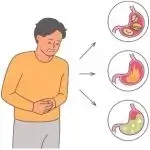
Osteopath Systemic Dysfunction and Problems
Osteopathic systemic dysfunction (OSD) is a term used to describe a state of body function that is characterized by a disruption in the normal balance of the musculoskeletal, cardiovascular, respiratory, and digestive systems.
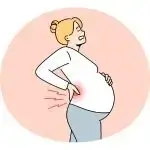
Pregnancy
Osteopathy for Pregnancy is a form of treatment that focuses on the body’s structure and how it functions. Osteopaths believe that restrictions in movement or pain in one area of the body can cause problems in other parts of the body.
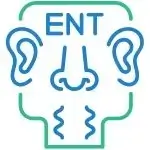
Ear, Nose and Throat Problems
Osteopathy is a form of manual medicine that uses specific techniques to diagnose and treat problems with the musculoskeletal system. Osteopaths believe that many health problems can be traced back to problems with the bones, muscles, and joints.

Pediatric Osteopathy (Babies and Children)
Pediatric Osteopathy is a form of holistic medicine that uses manual manipulation of the body to improve circulation and overall health. Osteopaths believe that this type of treatment can help with a wide range of issues, from ear infections to colic.
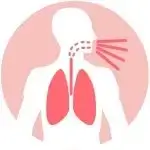
Respiratory Illness
Osteopathy is a form of manual medicine that uses the hands to diagnose and treat health problems. Osteopathy can be used to treat a wide variety of respiratory illnesses, including asthma, bronchitis, and pneumonia.
If you liked this content and found it to be informative, please rate it.

